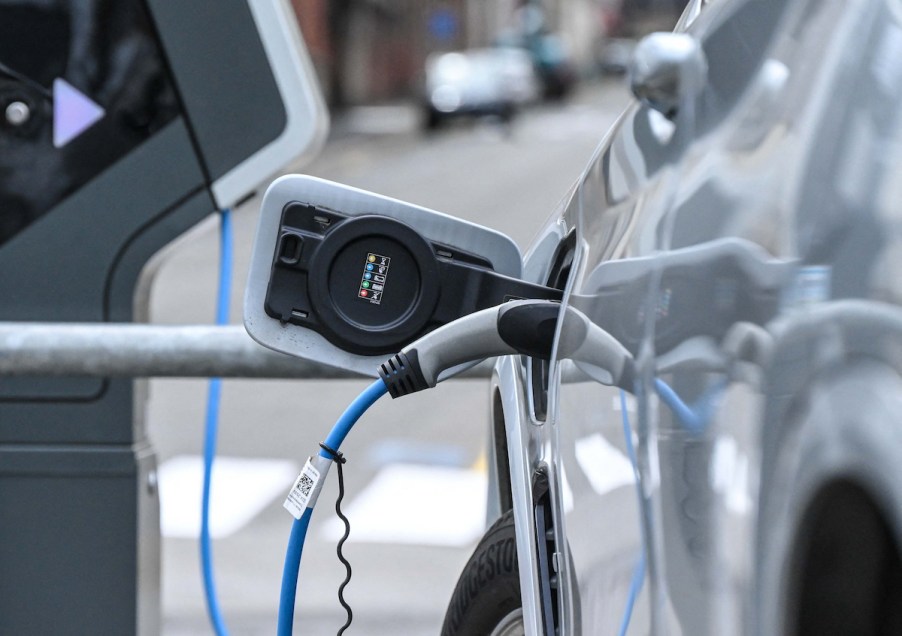
Do EVs Have Spark Plugs?
If you’re used to a gas-powered vehicle, you know about spark plugs, especially when asked to change them during your routine vehicle maintenance. Gas-powered vehicles require a spark plug to start fuel combustion and propel the car. However, EVs don’t need spark plugs since they use batteries to power the electric motor and move the vehicle. Owning an EV means you don’t have to worry about monitoring and replacing spark plugs. Here’s what you should know about EVs and everything you need about spark plugs.
How an EV works

EVs have an electric motor instead of an internal combustion engine. They have a battery pack of several lithium-ion batteries that supply the necessary power to move the vehicle. This battery pack is a traction battery and is usually placed at the bottom of the vehicle.
You must plug the traction battery into the charging equipment to be charged. This charging equipment is called electric vehicle supply equipment (EVSE). A traction battery with a higher capacity holds more energy and provides enough electricity to drive on a single charge.
The Tesla Model Long Range has a 95 kWh battery, giving an average 350-mile driving range. Mercedes-Benz Smart EQ, with a battery capacity of 16.7 kWh, offers a range of 60 miles on a single charge.
Significance of motors in an EV
Electric vehicles also depend on motors to provide the power needed to convert the direct power (DC) stored in the battery to an alternative current (AC) required to power the vehicle. EVs electric motors use electromagnets inside the motor to produce rotational force.
The motor has two magnets, one attached to the car’s shaft to spin its wheel and the other inside the shaft’s housing. These magnets are charged simultaneously to maintain similar polarity and ensure they repel one another. As the magnets push away, they turn the shaft, spin the wheel, and push the vehicle forward.
How an inverter works in an EV
The magnets’ polarity needs constant changing as the shaft turns. Otherwise, they would rotate back, attract each other, and lock themselves. AC power works by constantly alternating between positive and negative charges. According to Lightning eMotors, inverters an electric vehicle helps in flipping the magnets’ polarity.
The inverter flips the polarity at 60 times per second to maintain constant rotational force. Drivers can change the current sent to the motor, creating a higher frequency and polarity flips. This creates more torque and moves the vehicle faster.
How a spark plug works
A spark plug is like a tiny lightning bolt. It might be small, but it ignites the air-fuel mixture in a car engine and start the combustion process, which creates the power needed to move the piston. They also help transfer heat from the combustion chamber to the cooling system.
Once you turn the ignition key or push the ignition button, the starter motor engages and cranks the engine. When explaining how an ignition coil works, Denso states that electricity travels to the ignition coil on the combustion engine and magnify the voltage before supplying it to the spark plug.
The high voltage is transferred to the spark plugs that ignite the air-fuel mixture in the combustion chamber. This generates a small, controlled explosion between the plug’s electrodes. When the air-fuel mixture ignites, it turns into exhaust or gas that moves the car’s piston, which powers the rest of the car. The spark plug continuously ignites the air-fuel mixture, moving your vehicle to the intended destination.
The reason why EVs don’t need spark plugs
Electric vehicles use batteries to power their electric motors and turn the wheels. Therefore, there’s no need for a spark plug. A spark starts the fuel combustion process in a standard combustion engine to propel the car forward.


